Preserving a terrarium is like caring for a tiny indoor garden in a clear box—it’s easier than you might think!
Terrariums are a fun and simple way to bring a bit of nature into your home.
We’ll show you the basic steps to keeping your terrarium looking fresh and green. You won’t need expensive tools or complicated techniques.
Making a terrarium is like creating a mini jungle. It requires only a bit of water, some sunlight, and some care.
We’ll guide you through each step.
If you’re new to gardening or just looking for a fun activity, preserving a terrarium is a process.
Making and maintaining your terrarium can be a super and simple experience.
1. Choosing the Right Terrarium
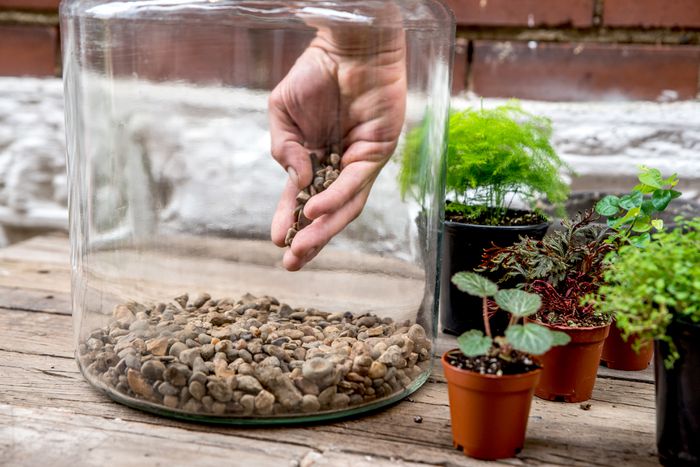
Taking care of a terrarium starts with picking the right container.
To make a cool and nice-looking display, it’s important to choose a see-through glass container.
Clear glass containers let you see what’s inside and allow plenty of sunlight to come in, which is good for the plants and the terrarium’s appearance.
When you’re picking your glass container, consider its shape and size, where you want to put it, and what kind of plants you want to use.
Taller containers with narrow openings are good if you want to make a vertical garden, while wide, shallow ones are better for short plants like succulents.
When you’re deciding how big your terrarium should be, it’s important to think carefully about your choices.
Small terrariums can be quite delightful, creating an inside a glass container.
However, it’s essential to remember that they face challenges because of their limited space.
Small terrariums, often in jars or small glass containers, need careful attention when it comes to picking plants and caring for them.
Since there’s not much room for plants to grow, you should choose ones that naturally stay small or grow slowly so they don’t outgrow their space too quickly.
Succulents, air plants, or small ferns are good options for these little ecosystems.
2. Gathering Your Materials
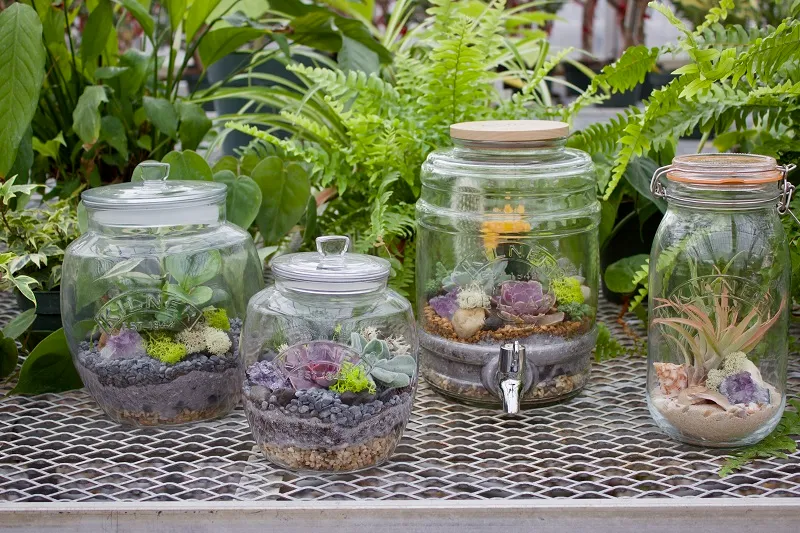
Creating the perfect environment for your terrarium is crucial for keeping your plants healthy and happy.
To do this, follow a simple layering process.
Here’s a step-by-step:
- Base Layer for Drainage: To set up a strong base for your terrarium, start by putting a layer of small rocks or gravel at the bottom. Make it about an inch thick. This layer does two important things. First, it helps water drain away so your plants don’t get too wet and their roots stay healthy. Second, it holds onto some extra water for your plants to use when needed. This mix of drainage and water storage is key to keeping your plants happy and enjoying.
- Activated Charcoal Layer for Odor and Mold Control: After putting gravel at the bottom, adding activated charcoal is a crucial step to keep your terrarium fresh. Activated charcoal, usually in small pieces, does a great job. It acts like a natural filter, soaking up any bad stuff and smells in the terrarium. Plus, it stops mold from growing by getting rid of extra water and making sure air moves around. This layer, about half an inch thick, ensures your terrarium stays clean and doesn’t smell bad for your plants.
Picking the right plants is super important for your terrarium to stay healthy.
Go for plants that love lots of moisture, like ferns, mosses, and air plants.
These plants will make a little world inside your container that takes care of itself.
If you’re new to this or just looking for a fun project, making your own terrarium can be a rewarding and simple experience.
Let’s get started with choosing the right type of container for your mini ecosystem.
3. Assembling Your Terrarium
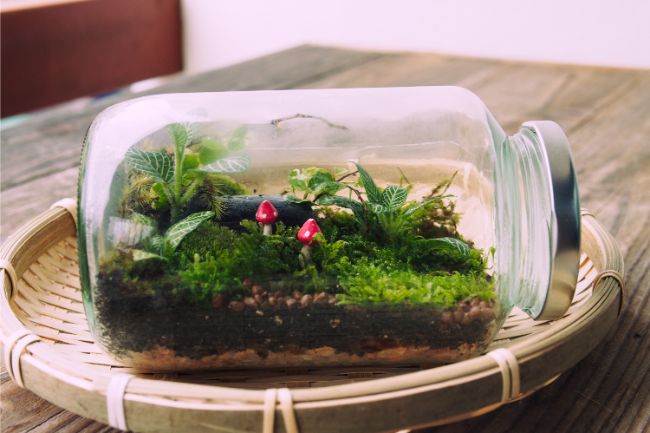
Plant Placement
Carefully plan where to put your plants. Consider how they grow and arrange them accordingly.
Put the tall plants in the back and the small ones in the front. Leave some space between them so they can grow well.
Adding Decorative Elements
Add cute things like toys, colorful rocks, or tiny fairy houses to make your terrarium look even nicer.
These things not only make your terrarium look good but also give it a fun touch.
4. Maintenance Tips
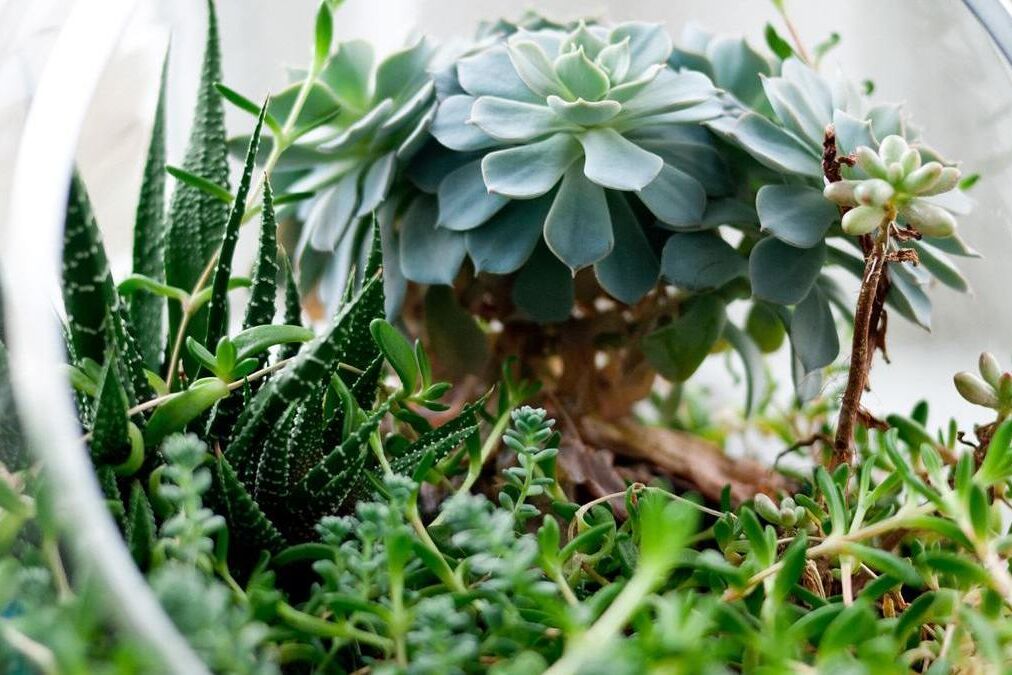
Proper Watering
Keeping the right amount of moisture is super important for keeping a terrarium healthy.
You can use a spray bottle to gently spray the inside of the container, making sure the soil stays a bit damp but not too wet.
Don’t use too much water, which might cause mold and make the roots rot.
Adequate Lighting
Terrariums love light but not direct sunlight.
Put your terrarium where it gets good light but not too much sun, which can make it too hot.
If you don’t have enough natural light, consider using a special grow light.
Pruning and Trimming
Check your terrarium regularly for plants that have grown too much. Trim them as needed to keep them looking nice.
Also, remove any yellow or dead leaves to prevent mold and sickness from spreading.
Conclusion
Preserving a terrarium is simple.
To keep your little plant healthy, follow these easy steps.
First, water your plants, but not too much—just a bit to keep the soil moist, not soggy. Remember that sunlight is necessary.
Put your terrarium where it gets some light but not too much direct sun. Trim your plants if they grow too big.
Use small scissors and snip away any waste parts. Dust off the glass occasionally so your terrarium stays clear.
Now you know how to preserve terrariums.
If you see any sick plants, remove them to prevent the disease from spreading.

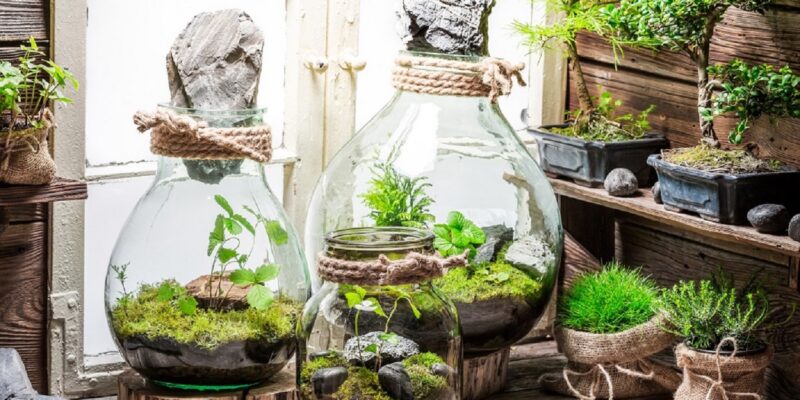

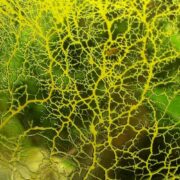
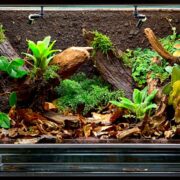
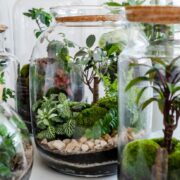
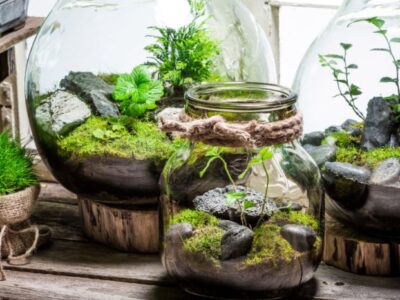
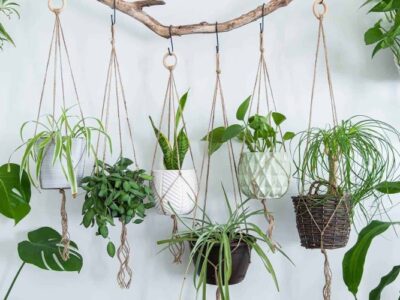
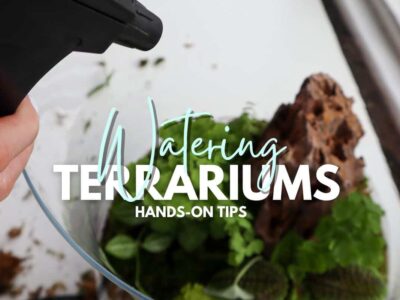
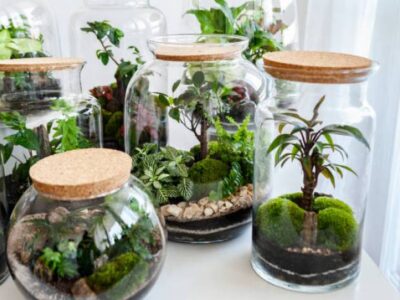
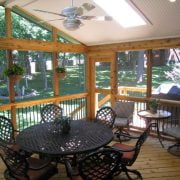



Comments